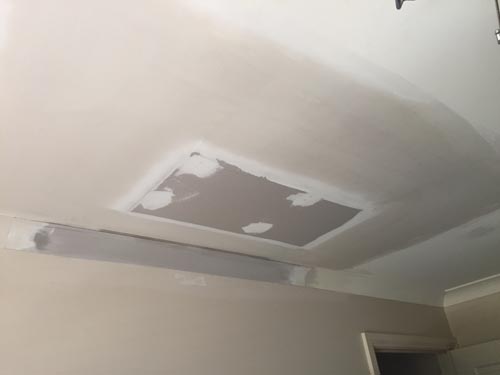What is the best way to Repair your Plaster Walls?
Repairing plaster walls is not a difficult task. You need to know the exact method that meets your requirement. If a repair is minor and doesn’t require significant work, then DIYs are the best method. You may find several DIY techniques on the internet, but choosing the right one is a tricky task. So, it is always better to hire a professional if the damage is severe or complex. Below we will discuss the best way to Repair Plaster Walls.
“You may find several DIY techniques on the internet, but choosing the right one is a tricky task.”
Repair Plaster Walls Cracks
Do your walls have several cracks? Are these cracks deteriorating the appearance of your house? Then you should pick the following method to get rid of these hairline faults on your walls.
Reattach loose plaster with wall studs
Your old plaster detaches itself when it gets too old to have a sufficient bond with the studs or frame. In this case, if you paint or plaster your cracks without treating bondage, these cracks may reappear again.
Drill holes near cracks to Repair Plaster Walls
To hold plaster with wall studs, pick up 3/16″ masonry drill bits and make holes on both sides of the cracks at a space of 1″ to 2″. These holes should be at least 3″ apart from each other. Make sure you don’t drill through the studs. After making holes in the wall, mark any spots that missed the studs so that you may not screw these later.
Inject adhesive compound into the holes to Repair Plaster Walls
Before injecting the adhesive, vacuum all holes and spray them with a conditioner. Clean all extra conditioners from holes with a sponge. Inject adhesive to each hole with the caulking gun. The top of the caulking gun should be the same size as the hole. Now again, remove excess adhesive coming out from pores by the sponge. Next, install 1/2″ screws with clamps to holes about 8″ to 12″ apart and let them remain for 24 to 48 hours. Unscrew all clamps, and your old plaster would get enough bondage with laths.
Filling the cracks
Take joint compound or patching plaster and mix it with the water over the plasterers’ hawk. Be careful to get the right mix of joint compounds. Now mix the jointing compound with the putty knife-3″ size is preferable- to apply the plaster material over the cracks. You should keep pushing your plaster into the cracks by a 6″ putty knife so that all cracks are filled completely and deeply. Affix paper tape over the cracks, but do not press it too hard as the tape may get wrinkles on it. Smooth the joint compound dry before applying paint. Use the 3-coats of plaster to get a smooth appearance.
Sanding the Surface with Sandpaper
Use 120 or 150 grit sandpaper and sand your filled area to get an even surface. But, avoid using too much sandpaper as it can tear your surface. Sometimes, the sponge is used instead of sandpaper.
Paint your Wall
Painting is the essential step to give your wall a final finished look. Various colours and pigments can be used to restore the appearance of the wall. Sometimes, primer is used before paint to provide better adhesion of paint to the surface.

If You’re Plastering Large Holes Here is what you need to know
If You’re Plastering Large Holes Here is what you need to know Are large plaster holes ruining the appearance of your house’s Walls? Are you

How is plaster used for Ceiling Repairs
How is plaster used for Ceiling Repairs? Ceiling plaster deteriorates in two ways, one by showing cracks all over the surface and the other by

Plaster Repairs for ceilings and avoiding these mistakes
Plaster repairs for ceilings: Avoiding these mistakes Plaster damages on the ceiling can get worse pretty fast if not repaired timely and fitly. Plaster on

Repairing the holes in Plasterboard walls and hollow doors
Plasterboard Repairs: Repairing the holes in Plasterboard walls and hollow doors Repairing holes in plasterboard and hollow doors requires precession and proper tools. For plasterboard

Quick Plaster Repairs to Walls
Quick Plaster Repairs to Walls Plaster repairs to walls is an easy task. It requires some tools and materials to make the appearance of your

Plaster Repairs And Common Mistakes
Plaster Repairs: Definition, DIY ideas, and Common mistakes Plaster repairs are essential for your home and office to keep it in good condition. It increases


